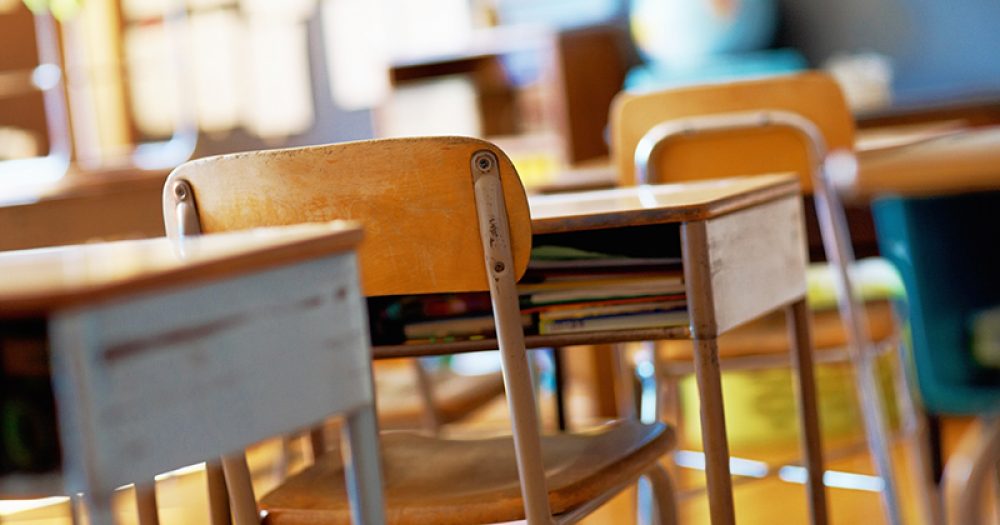The body that represents middle schools has defended the three-tier education system after another county announced plans to move a tranche of schools to a two-tier model.
The National Middle Schools Forum insisted its schools are better able to “meet the needs of pupils at different stages of their development”, and pointed to evidence that pupils do better under three-tier systems than in two-tier.
The intervention comes after Northumberland council announced a shake-up of the schools in its western part.
The three-tier system of education, where pupils move between lower or first schools, through middle schools and then high or upper schools, gathered popularity in the 1960s, but it’s no longer widely used after many areas moved back to a traditional primary and secondary model.
In September 2017 there were over 55,000 pupils being taught at 121 middle schools across 17 areas.
Now Northumberland council has announced plans to close one middle school and extend the age ranges at six lower schools to turn them into primary schools. The council abandoned earlier plans to close up to 14 schools, many of them three-tier, following a backlash from parents.
But Nigel Wyatt, an executive officer at the NMSF, said parents “understand the advantages” of schools which “serve a more limited range of ages”.
In 2016, 67.8 per cent of pupils in three-tier education systems achieved a grace C or above in GCSE English and maths, compared with 63 per cent of pupils in two-tier areas. A higher proportion achieved the EBacc too – 25.4 per cent, compared with 24.7 per cent.
“At a time when we as a society are concerned about the mental wellbeing of our pupils, middle schools offer pupils a bridge between the world of primary and secondary schools within a relatively small setting where they are well known and form positive relationships with their teachers,” he said.
Northumberland is not the only council to move away from three-tier education in recent years.
Bedford is in the process of converting most of its schools. By 2019, only three of 54 schools will remain three-tier.
The council said that both schools and the public showed “strong support for a coordinated, coherent structural change”.
The neighbouring central Bedfordshire area still has 72 lower, 15 middle and seven upper schools, although two (one upper and one lower) are preparing to convert by 2019.
A spokesperson for council said there had been an “evolution towards two-tier, as schools of all types have been exploiting their increased autonomy”, and admitted the mix of schools has caused “pressures”, including the closure of three middle schools in 2014 when nearby schools decided to change their age ranges.
She said the council is meeting schools to discuss “whether there may be future structural change”.
However, in Dorset, where there are 38 lower schools, 11 middle schools and five upper schools, the council is not planning any changes “at this time”, but will “continue to review the viability of all of our schools”.
Philip White, Staffordshire council’s member for learning and skills, said “many parents” have told the local authority “how much they value three tiers, and there are no plans to move to a two-tier system across the county”.
Staffordshire has 51 lower schools, 14 middle schools and nine upper schools.
A spokesperson for Somerset county council said there was no “blanket policy” to convert its 38 first schools, eight middle schools and four upper schools, but added that it recognises “there may be specific circumstances which could necessitate a review in certain areas of the country”, such as if the system no longer seems “sustainable” in certain areas.
And in Worcestershire, where there are 73 first schools, 18 middle schools and two combined middle and upper schools, a spokesperson insisted there are no ongoing discussions about converting to two-tier.







Your thoughts